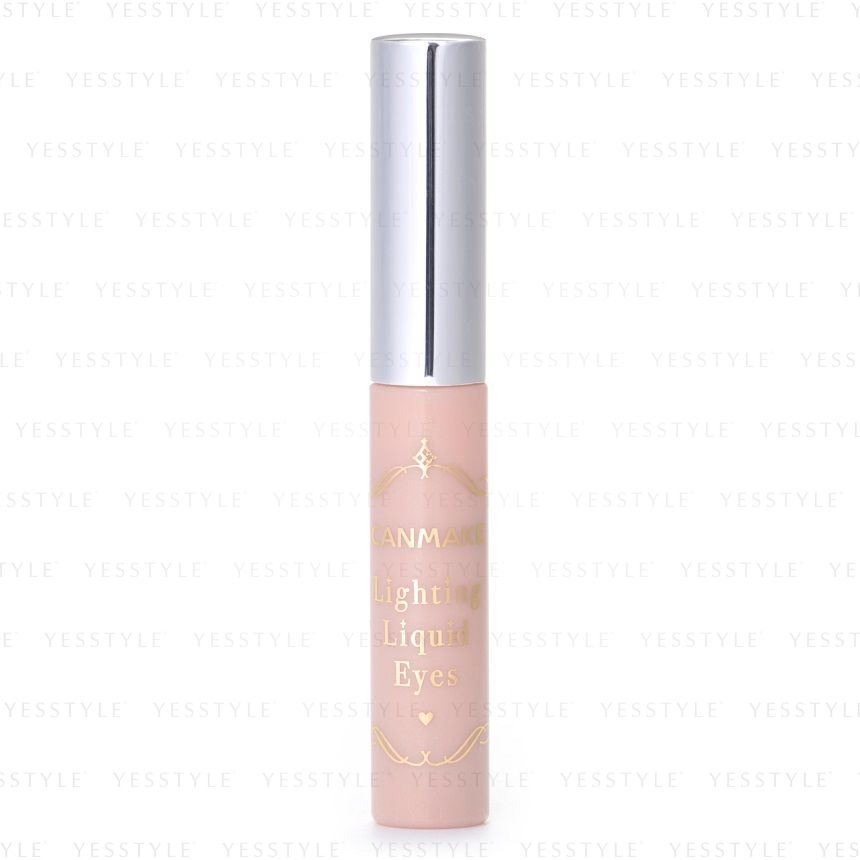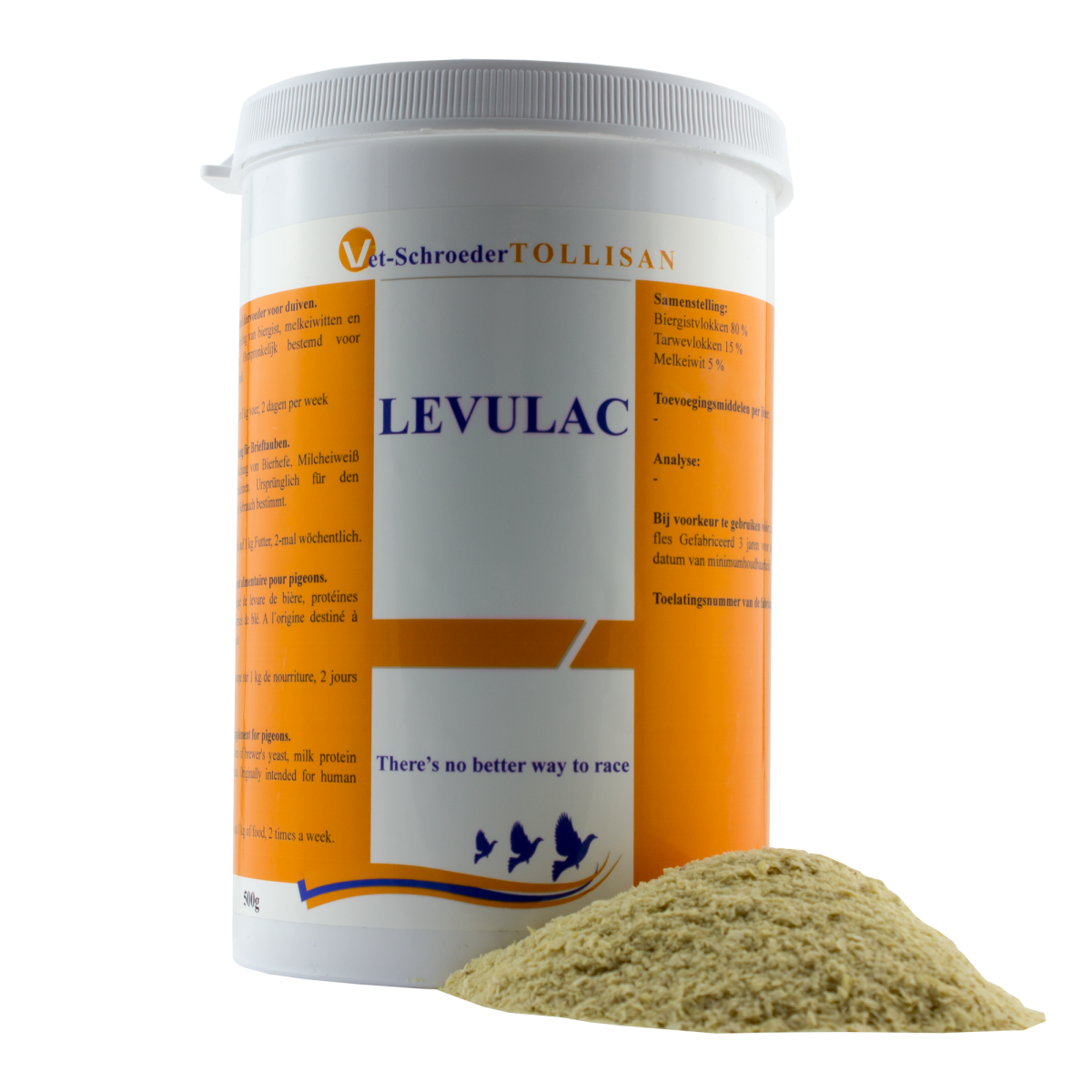

In these systems, the SML tends to be enriched in organic molecules, mineral nutrients, and metals relative to the SSW, while viral and prokaryotic abundances and prokaryotic heterotrophic production oscillate between comparable and twice as high in the SML relative to the SSW. In addition, most studies investigating the role of viruses and their activity in the SML have been conducted in temperate systems, such as the Mediterranean Sea, and subtropical systems, such as Halong Bay, Vietnam. The distribution patterns of viruses and microorganisms in the SML and the relationship between their abundances and activities with the environment are poorly understood and often show divergent results, exhibiting either higher or lower abundances in different systems when comparing the SML relative to the SSW. Thus, high solar irradiance in the SML could lead to lysogeny as a viral infection strategy. However, it has been reported that extreme environmental conditions may affect the viral life strategy and the physiological state of hosts. This would promote the leaching of dissolved organic matter from lysed cells, favoring the growth of other heterotrophic microorganisms. The probability of viral infection and lysis of prokaryotes has been shown to increase within the SML due to the higher density of both viruses and hosts. All of them are adsorbed into air bubbles rising to the surface and/or stick to organic particles that are transported to the SML via bubble scavenging. Marine viruses, prokaryotes, and other microorganisms (i.e., phytoplankton, small picoeukaryotes) present in the SML originate in underlying surface waters and can achieve very high abundances in the SML ( and references therein). On the other hand, the SML could be enriched with natural and anthropogenic organic material, which favor the development of SML-bound microbial communities. On the one hand, it is exposed to more intense solar radiation, higher variations of temperature, salinity gradients, toxic organic substances, and heavy metals than in the subsurface waters (SSW).

The SML habitat offers both advantages and disadvantages for viruses and microorganisms.

Due to environmental forces, nutrients and dissolved organic matter (DOM) are accumulated in the SML, together with viruses, bacteria and archaea (prokaryotes), microalgae, and protists.
Liquid notes 1.1.0.4 torrent skin#
This neustonic realm is called the skin of the ocean and is considered an extreme environment with specific chemical and biological properties as compared to subsurface waters. The sea surface microlayer (SML), with a thickness of <1000 µm, is a vast habitat covering 70% of the earth’s surface and is regarded as a fundamental constituent in the air–sea exchange processes and in biogeochemical cycling. Thus, our results suggest that viral activity greatly contributes to the functioning of the microbial food web in the SML, which could influence the biogeochemical cycles of the water column.

As a consequence, the higher carbon flux released by lysed cells in the SML than in the SSW would increase the pool of dissolved organic carbon (DOC) and be rapidly used by other prokaryotes to grow (the viral shunt). In contrast, despite the adverse effect of wind, viral and prokaryote abundances and virus-mediated mortality on prokaryotes were higher in the SML than in the SSW. In both polar zones, we found small differences in environmental factors between the SML and the SSW. We measured viral and prokaryote abundances, virus-mediated mortality on prokaryotes, heterotrophic and phototrophic nanoflagellate abundance, and environmental factors. We hypothesized that a higher viral activity in the SML than in the SSW in both polar systems would be observed. Since the role of viruses in the microbial food web of the SML is poorly understood in polar oceans, we aimed to study the impact of viruses on prokaryotic communities in the SML and in the SSW in Arctic and Antarctic waters. Furthermore, in polar regions, organic and inorganic nutrient inputs from melting ice may increase microbial activity in the SML. Conversely, wind speed and/or UV radiation could adversely affect virus infection. The ocean surface microlayer (SML), with physicochemical characteristics different from those of subsurface waters (SSW), results in dense and active viral and microbial communities that may favor virus–host interactions.


 0 kommentar(er)
0 kommentar(er)
